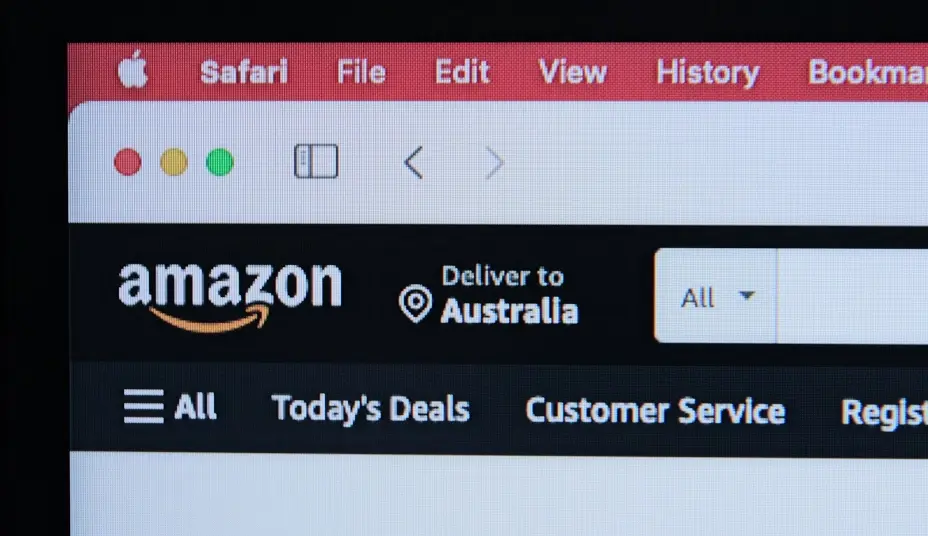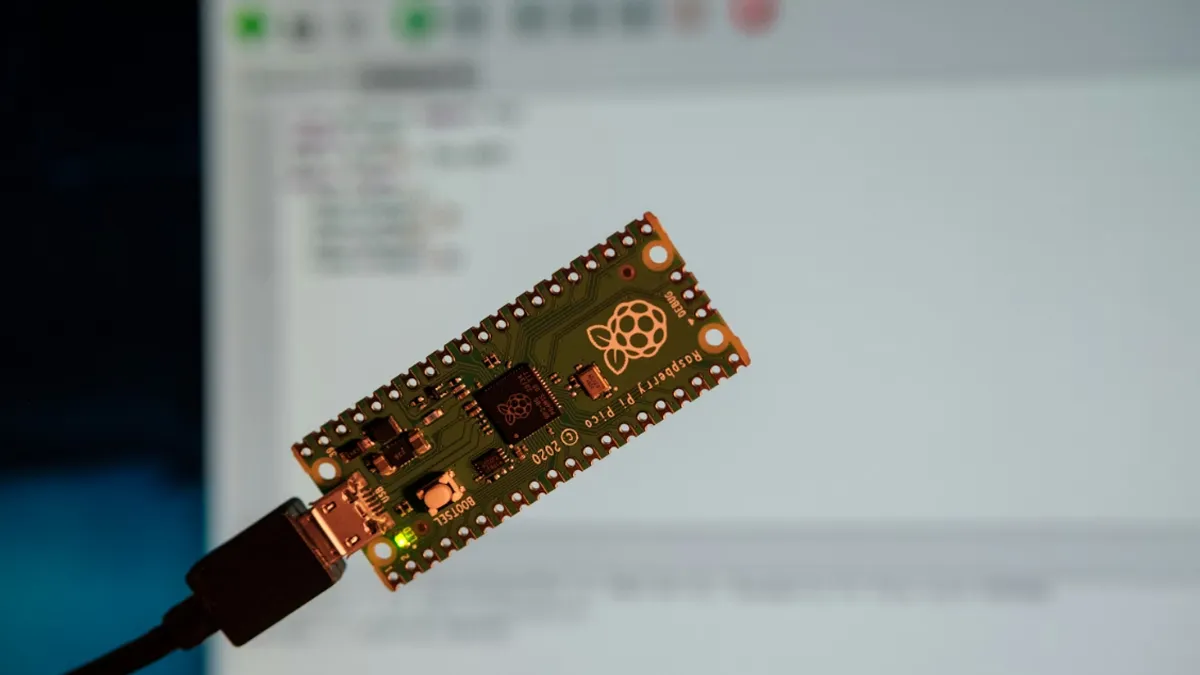
Amazon Canada ASTM F3429 Portable Fuel Containers
On January 28, 2021, Health Canada issued a notice updating measures to REDuce flame jetting risks from certain pourable alcohol-based fuel containers. Refillable alcohol-based fuel containers must now comply with ASTM F3429/F3429M-20 Standard Specification for Performance of Flame Mitigation Devices Installed in Disposable and Pre-filled Flammable Liquid Containersor an equivalent standard.
According to Amazon’s policy requirements, all portable fuel containers must be tested and comply with the following regULations and standards:
- Disposable pre-filled portable fuel containers
- Reusable portable fuel containers

The following standards apply:
1. ASTM F3429/F3429M – 20(Standard Specification for Performance of Flame Mitigation Devices Installed in Disposable or Pre-filled Flammable Liquid Containers)
2. ASTM F3326-21(Standard Specification for Flame Mitigation Devices on Portable Fuel Containers)
Scope of Standards
(1) ASTM F3429
- Primarily applies to disposable portable fuel containers (e.g., small pre-filled fuel canisters).
- Emphasizes sealing and leak-proof design to ensure safe disposal after single use.
(2) ASTM F3326-21
- Applies to reusable fuel containers (e.g., camping fuel bottles, portable gasoline cans).
- Requires higher durability, material stability, and multiple sealing performance.
Core Testing Requirements
(1) Physical Performance testing
- Impact resistance: Drop test (e.g., from 1.2 m height) to ensure the container does not crack or leak.
- Pressure resistance: Internal pressure test (e.g., 2× maximum working pressure) and stacking pressure test.
- Temperature cycling: Performance stability in extreme environments (e.g., -40°C to 50°C).
(2) Material Compatibility
- Container material must be compatible with stored fuels (gasoline, diesel, propane, etc.), avoiding swelling, corrosion, or degradation.
- Reusable containers must pass long-term fuel exposure aging tests.
(3) Sealing Performance Testing
- Disposable containers: Must not be resealable once opened.
- Reusable containers: Must maintain sealing performance after repeated use (e.g., 500 opening/closing cycles).
(4) Child-Resistant Features (if applicable)
- Must comply with ASTM F2517 child-resistant packaging standards to prevent accidental opening by children.
Language & Labeling Requirements
1. Bilingual safety warnings: Container body, packaging, and instructions must include both Englishand Frenchsafety warnings and instructions.
2. Key warning content:
- “Flammable liquid” marking
- “Fire safety operation guidelines”
- “Child protection warnings”
- “Emergency handling instructions”
Other Requirements
1. Capacity limit: Fuel capacity must not exceed 2.5 liters (0.67 gallons).
2. Power limit: Output power must be ≤ 5000 BTU/h.
3. Design requirement: Must sustain flame without external ventilation, suitable for indoor/outdoor use.
Certification Process
1. Fill out application form (company information, etc.).
2. Review and sign contract, make payment (based on application form).
3. Send samples (provide tracking number for follow-up).
4. Conduct official testing (must pass).
5. Confirm draft report.
6. Issue official report.
7. Certification timeline: 5–7 business days.
Email:hello@jjrlab.com
Write your message here and send it to us
 Infant Support Pillow 16 CFR 1243/1242 & ASTM
Infant Support Pillow 16 CFR 1243/1242 & ASTM
 BRM Registration Card Under CFR Part 1130 Regulati
BRM Registration Card Under CFR Part 1130 Regulati
 How to get a D-U-N-S® Number for US FDA Registrati
How to get a D-U-N-S® Number for US FDA Registrati
 Household Massage Devices Compliance in the China
Household Massage Devices Compliance in the China
 Compliance for the Global In Vitro Diagnostic (IVD
Compliance for the Global In Vitro Diagnostic (IVD
 Compliance Guide for Nebulizers in European and Am
Compliance Guide for Nebulizers in European and Am
 Cybersecurity Certification Service for EU RED Dir
Cybersecurity Certification Service for EU RED Dir
 ANATEL Certification Compliance Guide for Brazil M
ANATEL Certification Compliance Guide for Brazil M
Leave us a message
24-hour online customer service at any time to respond, so that you worry!




